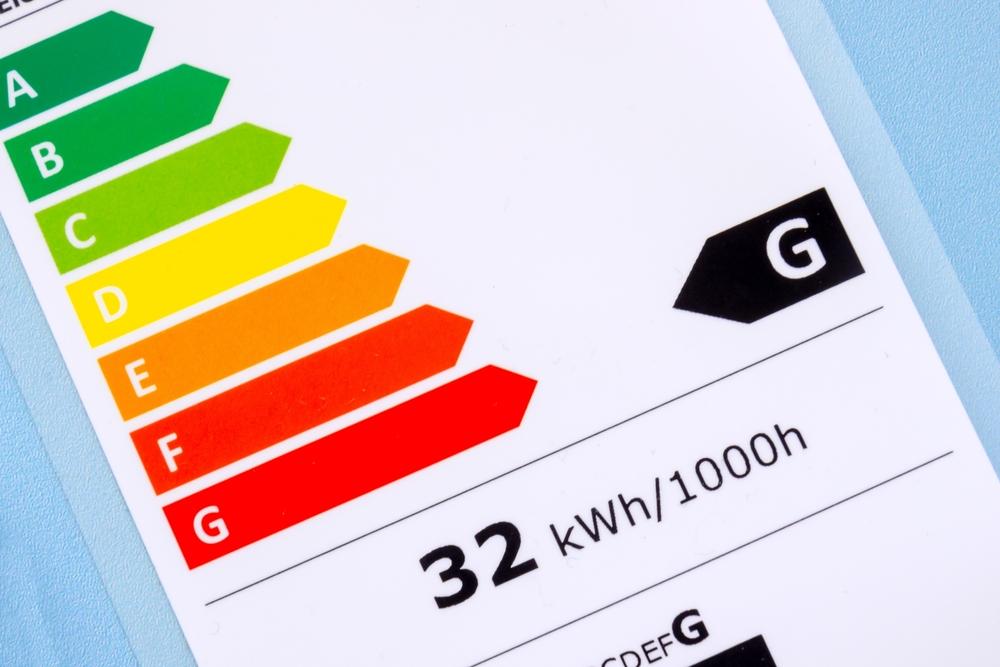Introduction
In today’s modern world, energy efficiency plays a crucial role in promoting sustainability and reducing the environmental impact of various industries. One of the key tools in achieving energy efficiency is the implementation of benchmark ordinances. These ordinances aim to set standards and promote energy-saving practices in commercial buildings. In this blog, we will explore the latest developments in the 2024 benchmark ordinances, highlighting their significance in revolutionizing energy efficiency.
Understanding Benchmark Ordinances
Benchmark ordinances are regulations that require building owners to report their energy use and compare it to a predetermined benchmark. These ordinances increase awareness about energy consumption, identify areas for improvement, and encourage energy-saving practices. By providing transparent data on energy performance, benchmark ordinances empower building owners and managers to make informed decisions regarding energy efficiency.
Advocates of benchmarking argue that it is a crucial step towards achieving sustainability goals. By comparing energy use among similar buildings, benchmarking allows building owners to identify high-performing buildings and learn from their practices. It also helps establish a baseline for energy consumption, enabling policymakers to set realistic targets and track progress towards energy efficiency goals.
The benefits of benchmarking in promoting energy efficiency are numerous. It provides a clear picture of energy consumption patterns, allowing building owners to identify and address inefficiencies. It also helps prioritize energy-saving investments by highlighting areas with the most significant potential for improvement. Furthermore, benchmarking encourages healthy competition among building owners, as they strive to achieve better energy performance and reduce operating costs.
Evolution of Benchmark Ordinances

Over the years, benchmark ordinances have evolved to become more comprehensive and impactful. Previous versions of benchmark ordinances have demonstrated success in driving energy efficiency improvements. Lessons learned from earlier versions have paved the way for developing more robust and effective regulations.
The 2024 benchmark ordinances introduce several updates and changes to further enhance energy efficiency practices. These changes include the incorporation of new technologies and methodologies, expansion of benchmarking requirements, and strengthening of enforcement mechanisms. By staying up to date with these changes, building owners and managers can adapt their practices to meet the latest standards.
What’s New in the 2024 Benchmark Ordinances?
The 2024 benchmark ordinances bring significant updates and changes to the energy efficiency landscape. These changes aim to accelerate progress towards energy efficiency goals and promote sustainable practices. Some of the key updates include enhanced data reporting and transparency, integration of renewable energy sources, emphasis on building automation and smart technologies, and incentives and rewards for energy-efficient performance.
Enhanced data reporting and transparency are crucial in promoting accountability and driving energy efficiency improvements. By requiring detailed energy use data and making it accessible to the public, building owners are encouraged to prioritize energy-saving measures and demonstrate their commitment to sustainability.
The integration of renewable energy sources into the benchmarking process is another important aspect of the 2024 ordinances. This update recognizes the importance of transitioning to clean energy and encourages building owners to invest in renewable technologies. By incorporating renewable energy data in benchmarking, building owners can track the impact of these technologies on their overall energy performance.
The 2024 ordinances also emphasize the role of building automation and smart technologies in achieving energy efficiency. These technologies enable real-time monitoring, analysis, and control of energy use, facilitating proactive energy-saving measures. By incentivizing the adoption of such technologies, the ordinances promote the use of innovative solutions to optimize energy consumption.
Lastly, the 2024 benchmark ordinances introduce incentives and rewards for energy-efficient performance. Building owners who achieve exceptional energy performance are recognized and rewarded, creating a positive reinforcement system that motivates others to strive for excellence. These incentives provide tangible benefits to both businesses and individuals, further driving the adoption of energy-saving practices.
Implications and Benefits
The implementation of the 2024 benchmark ordinances is expected to have several positive implications for energy consumption reduction, economic advantages, and sustainable development. By setting higher standards for energy performance, these ordinances will contribute to a significant reduction in energy consumption. This reduction will not only help combat climate change but also lead to substantial cost savings for businesses and individuals.
From an economic perspective, energy efficiency measures can result in significant financial benefits. By reducing energy consumption, building owners can save on utility bills, operating costs, and maintenance expenses. Additionally, the increased demand for energy-efficient technologies and services creates new business opportunities and job growth.
The 2024 benchmark ordinances align with the principles of sustainable development. By promoting energy efficiency, these regulations contribute to the conservation of natural resources and the reduction of greenhouse gas emissions. This, in turn, helps mitigate the negative impacts of climate change and creates a more sustainable future for generations to come.
Challenges and Considerations

While the 2024 benchmark ordinances offer numerous benefits, their implementation may face certain challenges. One potential hurdle is the complexity of compliance measures. Building owners and managers may require additional resources and expertise to meet the new requirements. It is essential to address these challenges by providing support, guidance, and educational resources to ensure smooth compliance.
Another consideration is the cost-effectiveness of compliance measures. While energy-efficient practices result in long-term cost savings, the initial investment required for upgrades and improvements can be a barrier for some building owners. Policymakers should explore financial incentives and funding options to facilitate the transition to energy-efficient technologies.
Addressing the concerns of stakeholders is also crucial for successful implementation. Building owners, managers, and tenants may have reservations or questions regarding the new regulations. Open communication channels and educational campaigns can help address these concerns and ensure that all stakeholders are well-informed and engaged.
Outlook and Conclusion
Looking ahead, the future of benchmark ordinances is promising. The 2024 benchmark ordinances serve as a stepping stone towards more ambitious energy efficiency goals and industry standards. As technology continues to advance and new best practices emerge, benchmarking regulations are expected to evolve further, incorporating innovative solutions and addressing emerging challenges.
The significance of the 2024 benchmark ordinances lies in their potential to revolutionize energy efficiency. By setting higher standards, promoting transparency, and incentivizing energy-saving practices, these ordinances pave the way for a more sustainable and energy-efficient future. It is crucial for building owners and managers to stay informed about the latest developments and proactively adopt energy-saving measures to reap the benefits of these regulations. Through collective efforts, we can achieve a greener and more sustainable world.
Discover how VertPro.com can elevate your property’s energy efficiency to new heights. We are your ultimate destination for all things related to Commercial Energy Audits, Benchmark Compliance consultancy, and access to our state-of-the-art Construction Marketplace. As trailblazers in the industry, VertPro® empowers Building Owners and Property Managers across the nation with innovative SaaS technology-based solutions. From Energy Benchmarking to Energy Audits/RCx Plus, we’re dedicated to ensuring compliance with over 60 Energy Benchmarking and Energy Efficiency Laws.
Now is the time to seize the opportunity to maximize your property’s energy potential and value. Explore VertPro.com’s comprehensive solutions today and let us be the catalyst for the transformation your property deserves. Your energy-efficient future starts here!









 Here are the benefits of LA Benchmarking:
Here are the benefits of LA Benchmarking: